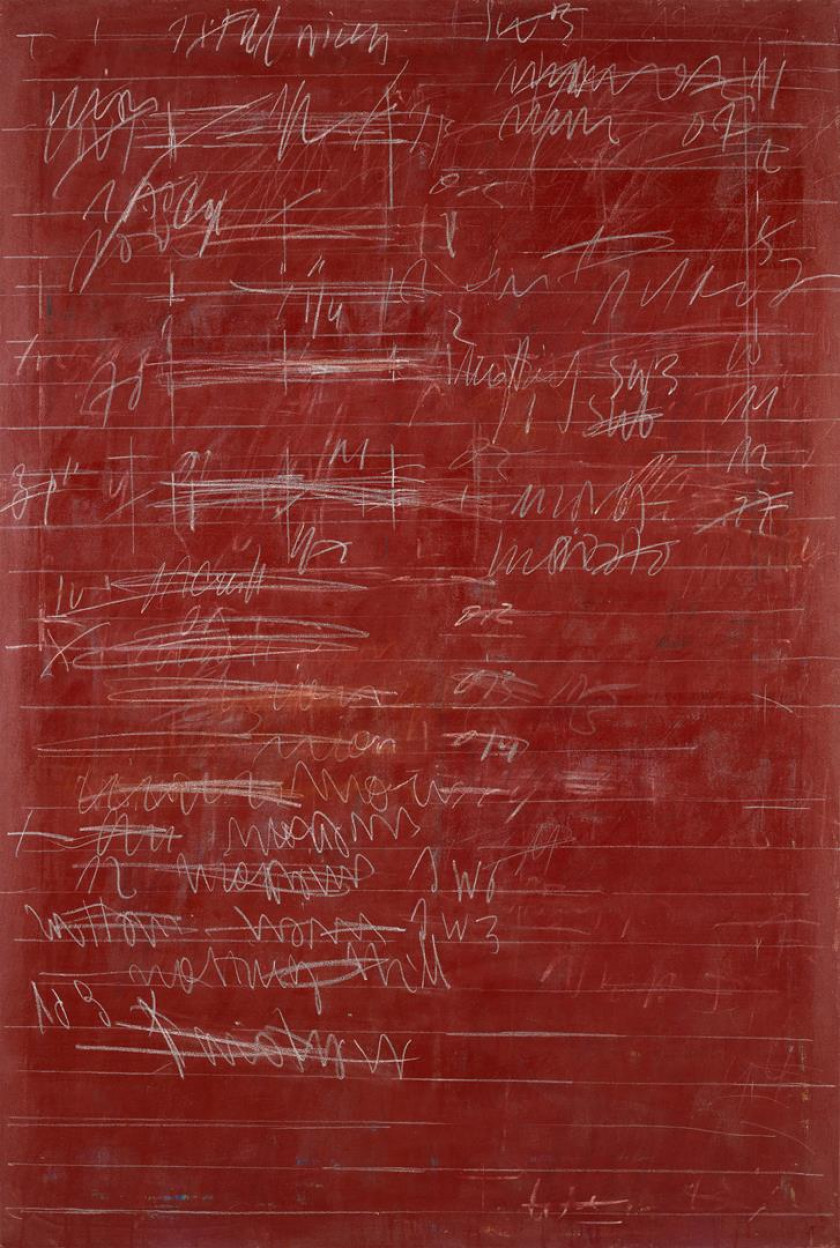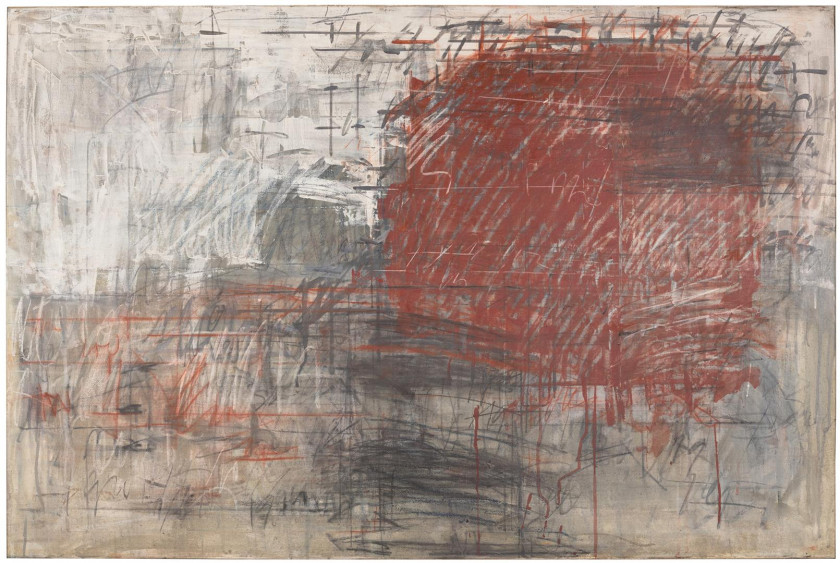António Sena
After studying at the Instituto Superior Técnico and the Faculty of Sciences in Lisbon, António Sena (Lisbon, 1941 - 2024) pursued engraving courses at the Sociedade Cooperativa de Gravadores Portugueses. He exhibited individually since 1964 and collectively since 1965, when a grant from the Calouste Gulbenkian Foundation took him to London to study at St. Martin's School of Art (1965-66). He returned to Portugal in 1975. Between 1978 and 1992, he taught painting at Ar.Co before dedicating himself solely to artistic creation. His work, which has won awards both in Portugal and abroad, is represented, among others, in the collections of the National Museum of Contemporary Art, the Modern Collection of the FCG, the Serralves Foundation, the Carmona e Costa Foundation, and the EDP Foundation.
In London in the 1960s, his work was influenced by Pop Art. By the end of the decade, however, a personal language could be recognised, in which concrete references to reality were lost in order to research the relationship with writing. In the following decade, the paintings seem increasingly experimental, as if they were notebooks, mixing letters, words (his own name), numbers, graphics and targets. The colours become freer, but the mystery of the compositions increases. The signs used do not configure any recognisable reality, but rather suggest clues.
In the 1980s, geometric figures stand out from increasingly sedimented backgrounds. This density increased exponentially in the following decades, in his drawing and especially in his painting. The successive layers of earthy, clayey colours evoke a work close to modelling, as if they were scratched by hand.
In the 2000s, the artist received several awards, including the EDP Painting Prize in 2011 and the Amadeo de Souza-Cardoso Grand Prize in the same year. The more illegible handwriting of previous decades became replaced by texts and crossword puzzles. The paintings continued to include numbers, scientific symbols and arrows, maintaining their illegibility and always inspiring doubt and disquiet. Time is confirmed as the most obvious theme, symbolised by the presence of hourglasses, the label and the tombstone, particularly with the quotation of Paul Klee's epitaph in German (a language little known in Portugal and which the author did not master either). To this day a constant rewriting of the world, António Sena's work remains an essay on finitude and the mystery that is never solved.
Emília Ferreira

